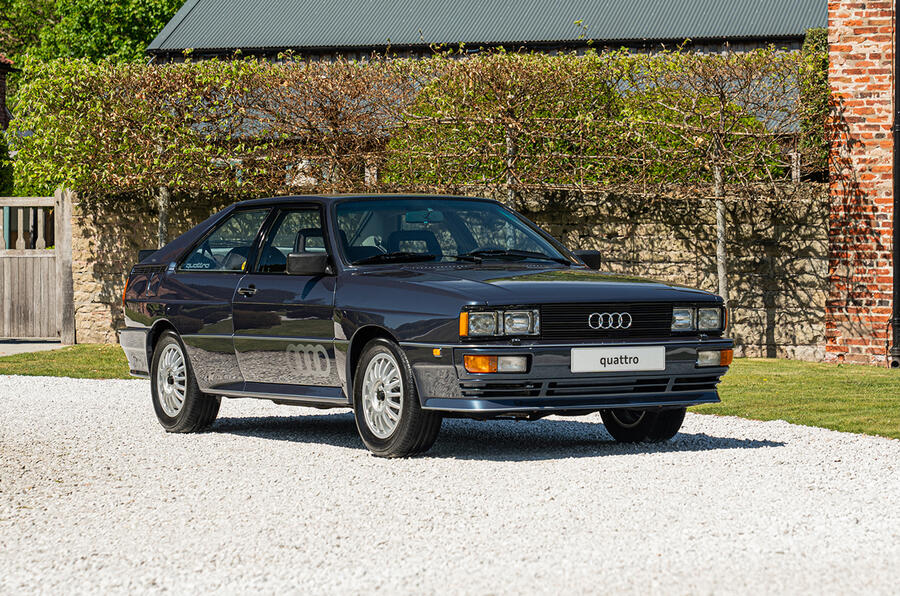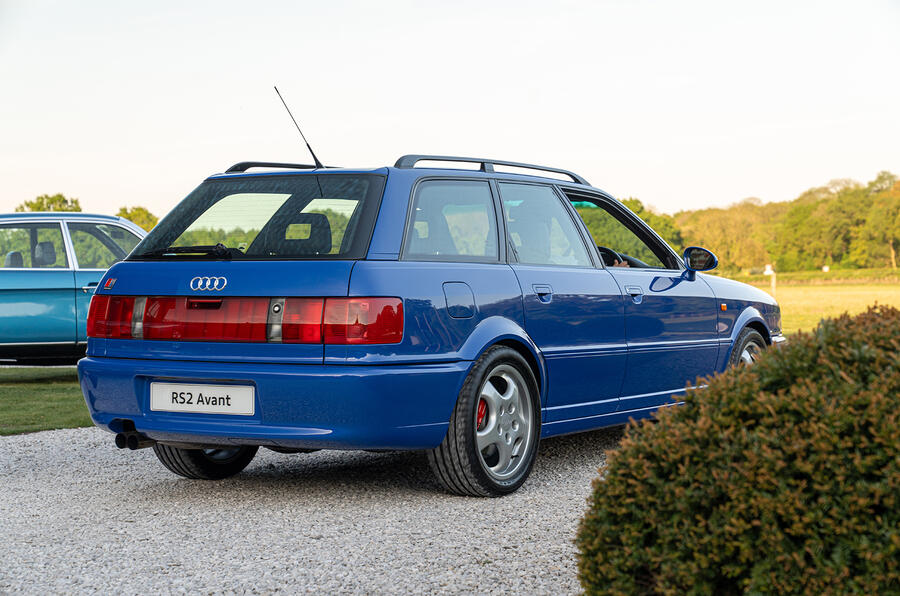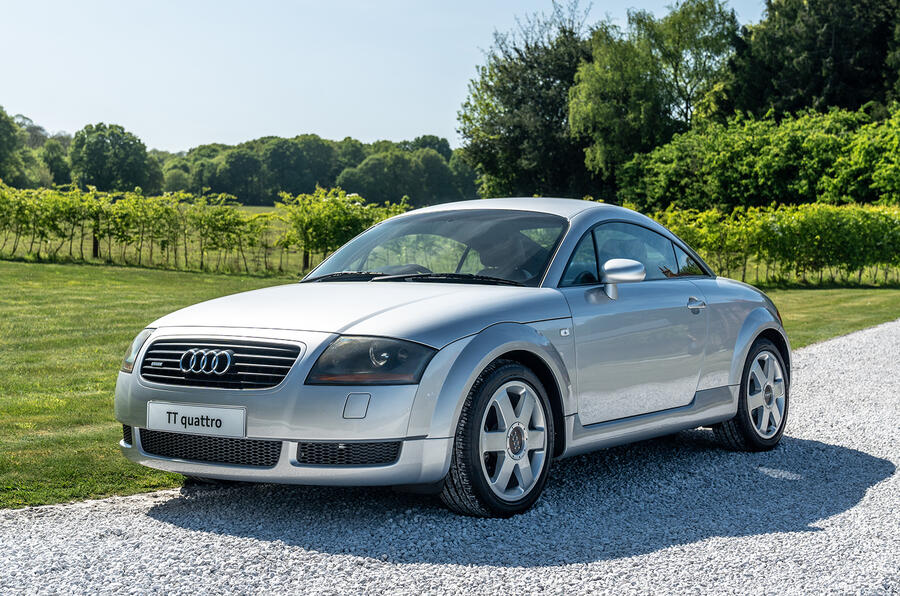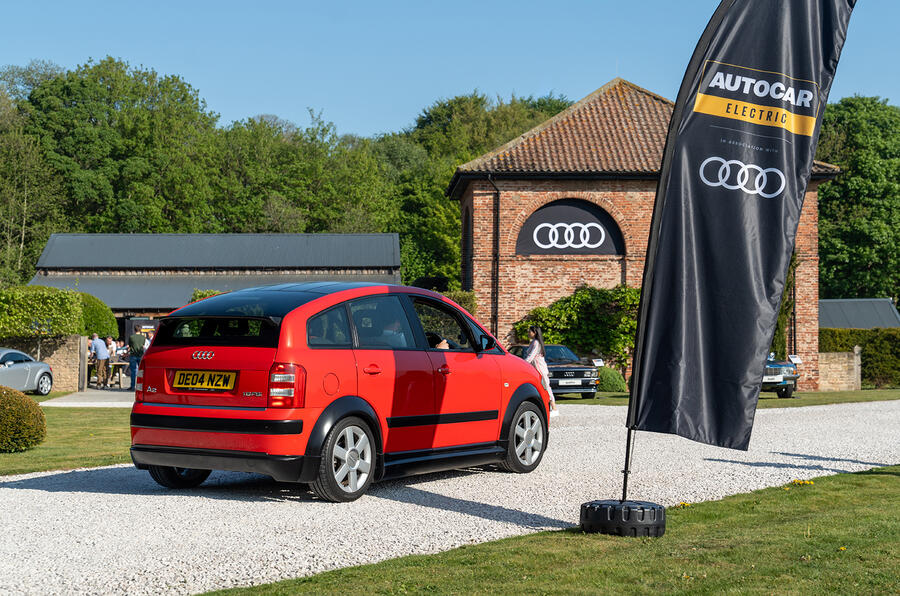Summary
- Audi's innovation showcased through models like the NSU Ro 80 and Audi quattro, emphasizing engineering breakthroughs.
- The e-tron marked Audi's commitment to electrification, blending traditional design with advanced electric technology.
Audi’s engineering mantra — Vorsprung durch Technik (progress through technology) — isn’t just a slogan: it’s a throughline in the brand’s history. From the radical NSU Ro 80 of the 1960s to the all-electric e-tron, certain Audi models didn’t simply evolve the range; they rewrote the rules of design, performance and packaging. Below are eight landmark Audis that changed the game and shaped what the Four Rings means today.

NSU Ro 80 (1967) — where Vorsprung began
The Ro 80, launched by NSU in 1967, is arguably the genesis of Audi’s Vorsprung durch Technik. Its wedge silhouette, huge glasshouse and wind-tunnel bodywork stood apart from the rounded cars of the era. Underneath, a 995cc twin-rotor Wankel engine ran through a semi-automatic gearbox with a vacuum-operated clutch, producing a remarkably smooth, high-speed cruiser. It won the European Car of the Year award a year after launch — and it was the Ro 80’s bold engineering and communication that helped birth Audi’s defining slogan.
Why it mattered: radical packaging, advanced powertrain and a design that announced a new engineering-first identity.

Audi quattro (1981) — quattro changes everything
The original quattro introduced permanent all-wheel drive to mainstream performance cars and paired it with a turbocharged five-cylinder engine. The result was unheard-of grip and composure in bad weather and on racetracks alike — a platform that spawned Audi’s Group B rally domination and established quattro as a core part of Audi DNA.
Why it mattered: mainstream AWD performance, rally success and a lasting technical identity.

Audi 100 (1982) — aerodynamics as innovation
The third-generation Audi 100 reimagined the family saloon with a relentless focus on aerodynamics. Achieving a drag coefficient around 0.30, it used recessed handles, flush panels and clean surfaces to improve efficiency, stability and refinement at speed. The 100 proved that fuel economy and high-speed composure could be achieved through design, not just engines.
Why it mattered: set new aerodynamic benchmarks for mainstream premium cars.

Audi RS 2 Avant (1992) — the birth of RS
The RS 2 Avant — developed with Porsche — created the high-performance estate segment. Fusing a tuned 2.2-litre five-cylinder with quattro grip, stiffened chassis components and Porsche-calibre brakes, the RS 2 married supercar performance with everyday practicality and launched the RS performance dynasty.
Why it mattered: redefined what a practical car could be and set the template for future RS models.

Audi TT (1998) — design as a revolution
The TT delivered Bauhaus simplicity to production cars: near-identical to its concept, the 1998 TT combined pure, geometric form with driver-friendly packaging. Inside, exposed fixings and brushed metal married form and function; under the skin, quattro and punchy turbo engines kept the TT honest on the road.
Why it mattered: proved design clarity can be a primary selling point and influenced Audi’s design language for decades.

Audi A2 (1999) — lightweight engineering for economy
Audi’s A2 was an engineering statement in the small-car class. Its aluminium spaceframe made the A2 light, stiff and economical; aero improvements pushed the drag coefficient down to about 0.25; and efficient diesel options delivered exceptional mpg. The A2 showed that premium construction and real economy could coexist in a compact package.
Why it mattered: advanced materials and packaging in the small-car sector — an early lesson in efficiency and lightweight design.

Audi R8 (2006) — everyday supercar
With a mid-mounted V8 (later V10 options), aluminium spaceframe and quattro drive, the R8 brought supercar performance into everyday usability. It married exotic engineering with Audi calm and refinement, proving Audi could play at the highest level of performance cars while retaining day-to-day civility.
Why it mattered: established Audi in the supercar space and translated exotic tech into a usable package.

Audi e-tron (2018) — Vorsprung for the EV age
The e-tron marked Audi’s major step into full electrification. Rather than radical exterior reinvention, Audi used familiar SUV proportions with electric-specific details — a closed grille, aero tweaks and a drag-efficient body — while delivering twin motors, a substantial battery and digital tech including stacked touchscreens and the Virtual Cockpit. By powering each axle independently, the e-tron introduced an electric iteration of quattro: faster, smoother torque delivery and new modes of traction management.
Why it mattered: set the blueprint for Audi’s EV strategy and translated core brand traits into electric form.Audi e-tron (2018) — Vorsprung for the EV age
The e-tron marked Audi’s major step into full electrification. Rather than radical exterior reinvention, Audi used familiar SUV proportions with electric-specific details — a closed grille, aero tweaks and a drag-efficient body — while delivering twin motors, a substantial battery and digital tech including stacked touchscreens and the Virtual Cockpit. By powering each axle independently, the e-tron introduced an electric iteration of quattro: faster, smoother torque delivery and new modes of traction management.
Why it mattered: set the blueprint for Audi’s EV strategy and translated core brand traits into electric form.
Conclusion — a pattern of reinvention
Across decades, Audi’s most important cars share a pattern: they don’t simply add more power or prettier styling. They reframe what a car can be — through new powertrains (Wankel, turbocharged five-cylinders, full EV), chassis and drivetrain concepts (quattro, electric torque vectoring), materials (aluminium spaceframes) and design thinking (aero and Bauhaus clarity). The Concept C may be the latest chapter, but these eight models show how Vorsprung durch Technik has always meant using technology to redefine the possible.






GIPHY App Key not set. Please check settings